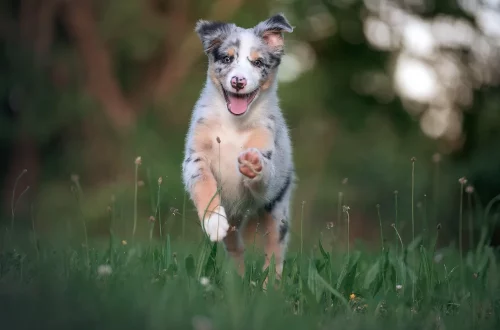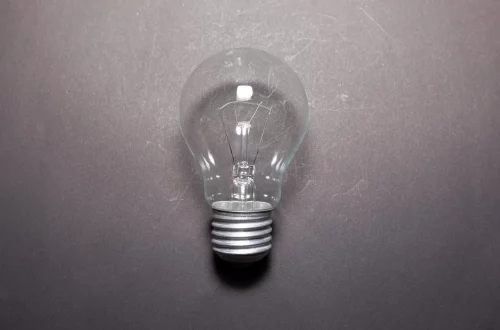
Do Birds Eat Peanut Butter? Discover the Truth About This Snack
Birds are fascinating creatures, captivating many with their vibrant colors, melodious songs, and intricate behaviors. As they flit from tree to tree, gathering food and building nests, they exhibit a range of dietary preferences that can vary significantly across species. This diversity in diet often leads to questions about what foods are suitable for birds and what they can safely consume. One popular human snack that has caught the attention of bird enthusiasts is peanut butter.
Peanut butter is a staple in many households, loved for its creamy texture and rich flavor. However, when it comes to feeding birds, the question arises: is peanut butter a safe and nutritious option? Understanding the dietary needs of birds, along with the potential risks and benefits associated with feeding them peanut butter, requires a closer look. It’s essential to explore not only the ingredients of peanut butter but also how they might affect various bird species. The relationship between humans and birds can be enhanced through mindful feeding practices, ensuring that we provide them with food that supports their health and well-being.
As we dive deeper into this topic, we will uncover the truths surrounding peanut butter as a bird snack, exploring the nutritional aspects, potential hazards, and practical tips for offering this treat to our feathered friends.
Nutritional Value of Peanut Butter for Birds
Peanut butter is a rich source of protein, healthy fats, and essential vitamins, which can be beneficial for birds. Protein is vital for their growth, feather production, and overall health. Birds, especially during their breeding season or molting period, require increased protein intake to sustain their energy levels and support bodily functions.
The healthy fats found in peanut butter, primarily monounsaturated and polyunsaturated fats, can provide a quick source of energy for active birds. These fats are particularly crucial for birds that expend a lot of energy during flight or those that inhabit colder climates, where they need to maintain body heat.
In addition to protein and fats, peanut butter contains vitamins such as vitamin E, which acts as an antioxidant, and several B vitamins that play a role in energy metabolism. These nutrients can contribute to a bird’s overall health, supporting their immune system and enhancing their vitality.
However, it’s important to note that while peanut butter can offer nutritional benefits, it should not be the primary food source for birds. Birds have diverse diets that typically include seeds, fruits, insects, and other natural food sources. Peanut butter can serve as an occasional treat or supplement, but it shouldn’t replace their regular diet.
When choosing peanut butter for birds, opt for natural varieties without added sugars, salt, or preservatives. These additives can be harmful to birds and may negate the health benefits of the peanut butter itself.
Potential Risks of Feeding Peanut Butter to Birds
While peanut butter can be a nutritious option for birds, there are potential risks associated with feeding it to them. One of the primary concerns is the possibility of choking. Birds, especially smaller species, can struggle with the thick consistency of peanut butter. If they ingest too much at once or if the peanut butter is too sticky, it can lead to choking hazards.
Additionally, peanut butter is high in calories and fats. If offered excessively, it can lead to obesity in birds, especially in species that are less active. Obesity can lead to a host of health issues, including heart disease and reduced lifespan. Therefore, moderation is key when incorporating peanut butter into a bird’s diet.
Another risk to consider is the potential presence of aflatoxins in peanuts, which are toxic compounds produced by certain molds. These toxins can be harmful or even fatal to birds if ingested in significant amounts. While commercially available peanut butter is generally safe, it is crucial to ensure that the peanuts used are fresh and free from mold.
Certain birds may also have individual dietary restrictions or sensitivities. For instance, some species could be allergic to peanuts or might not digest them effectively. Observing birds for any adverse reactions after consuming peanut butter is essential, as it can help identify if it’s a suitable treat for specific species.
How to Safely Offer Peanut Butter to Birds
If you decide to treat birds with peanut butter, there are several safe and effective ways to do so. First, it’s essential to use peanut butter that is free from added sugars, salt, and preservatives. The most natural form of peanut butter is best, as it offers the nutritional benefits without the harmful additives.
One popular method to offer peanut butter to birds is to spread a small amount on a tree trunk or a wooden feeder. This method allows birds to peck at the peanut butter without ingesting too much at once, reducing the risk of choking. It also mimics how birds would naturally forage for food in their habitat.
Another option is to mix peanut butter with birdseed or oats. This mixture can be formed into small balls and hung from trees or feeders. This not only provides a tasty treat but also attracts a variety of bird species that enjoy foraging for seeds.
When offering peanut butter to birds, limit the quantity to a small amount, ensuring it is just a supplement to their regular diet. Observing the birds as they eat can provide insight into their preferences and help gauge how much they enjoy the treat.
Regularly clean the feeding area to prevent mold growth and maintain hygiene. This practice is crucial for the health of the birds, as it reduces the risk of any fungal contamination that could arise from leftover peanut butter.
Bird Species That Enjoy Peanut Butter
Many bird species are known to enjoy peanut butter, making it a popular treat among bird watchers and enthusiasts. Woodpeckers, for instance, are particularly fond of peanut butter. Their strong beaks allow them to drill into trees, and they appreciate the energy boost that peanut butter provides.
Another species that loves peanut butter is the chickadee. These small, energetic birds often visit feeders and are known for their curious nature. They will happily take advantage of peanut butter when it is offered, especially if it’s mixed with seeds or oats.
Blue jays are also enthusiastic consumers of peanut butter. Their larger size allows them to handle the thicker consistency with ease, and they often forage for high-energy foods. Offering peanut butter can attract them to your yard, providing an excellent opportunity for bird watching.
Nuthatches and titmice are additional species that may enjoy peanut butter as a treat. These birds are known for their acrobatic skills and often cling to feeders and tree trunks, making it easy for them to access peanut butter spread on various surfaces.
However, it’s important to note that not all birds may be interested in peanut butter. While many will enjoy it, some species might prefer seeds or fruits. Experimenting with different offerings can help determine what attracts the birds in your area.
In conclusion, peanut butter can be a delightful and nutritious treat for birds when offered safely and in moderation. By understanding the dietary needs and preferences of different bird species, you can enhance their feeding experience while ensuring their health and well-being.
*Disclaimer: This article is not intended as medical advice. For health-related issues concerning birds, always consult a veterinarian or an avian specialist.*




